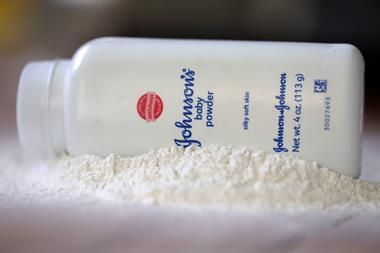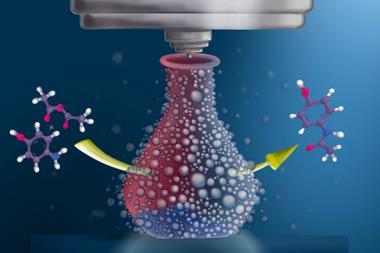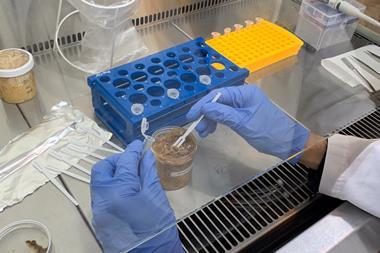High exposure to engine exhaust fumes while in the womb or as a baby can increase a child's risk of developing cancer by up to 12 times.
High exposure to engine exhaust fumes while in the womb or as a baby can increase a child’s risk of developing cancer by up to 12 times, a leading epidemiologist reports. Surprisingly, 1,3-butadiene and carbon monoxide - not benzene, the usual culprit in similar studies - are to blame.

George Knox, emeritus professor of epidemiology at the University of Birmingham, plotted deaths from childhood cancer between 1950 and 1980 against postcode and the distance from a chemical emissions hotspot, such as a transport hub, bus station, hospital or oil installation. He found that children who lived within 300m of a chemical emissions hotspot and within 1km of a source of emissions, such as a transport hub, were significantly more likely to develop the disease.
Carbon monoxide and 1,3-butadiene are almost solely derived from exhausts, says Knox. The link with bus stations, hospitals, heavy transport centres and railways indicates ’an important initiating cause of childhood cancers, in contrast with the weaker associations of fuel evaporation sources, including benzene,’ he writes in a report of the findings.
The UK Petrol Industry Association (UKPIA) points to national regulations set after the period covered by the study.
’Back in 1998, Epaqs [the Expert panel on air quality standards] recommended an Air Quality Standard for 1,3-butadiene in the United Kingdom of 1 ppb measured as a running annual average, and the government adopted this as a limit to be met by 2003. Epaqs considered that "...concentrations of 1,3-butadiene in the ambient atmosphere of 1 part per billion constitute so small a risk to the population as to be undetectable by any feasible study,"’ said a UKPIA spokesperson.
’Over the last decade, the introduction of cleaner fuels, vehicle exhaust catalysts and other measures controlling evaporative emissions has substantially reduced the level of 1,3-butadiene. It is our understanding that roadside monitoring sites record levels well below 1ppb,’ they concluded. Fiona Salvage
References
E G Knox, J. Epidemiol. Community Health, 2005, 59, 755






No comments yet